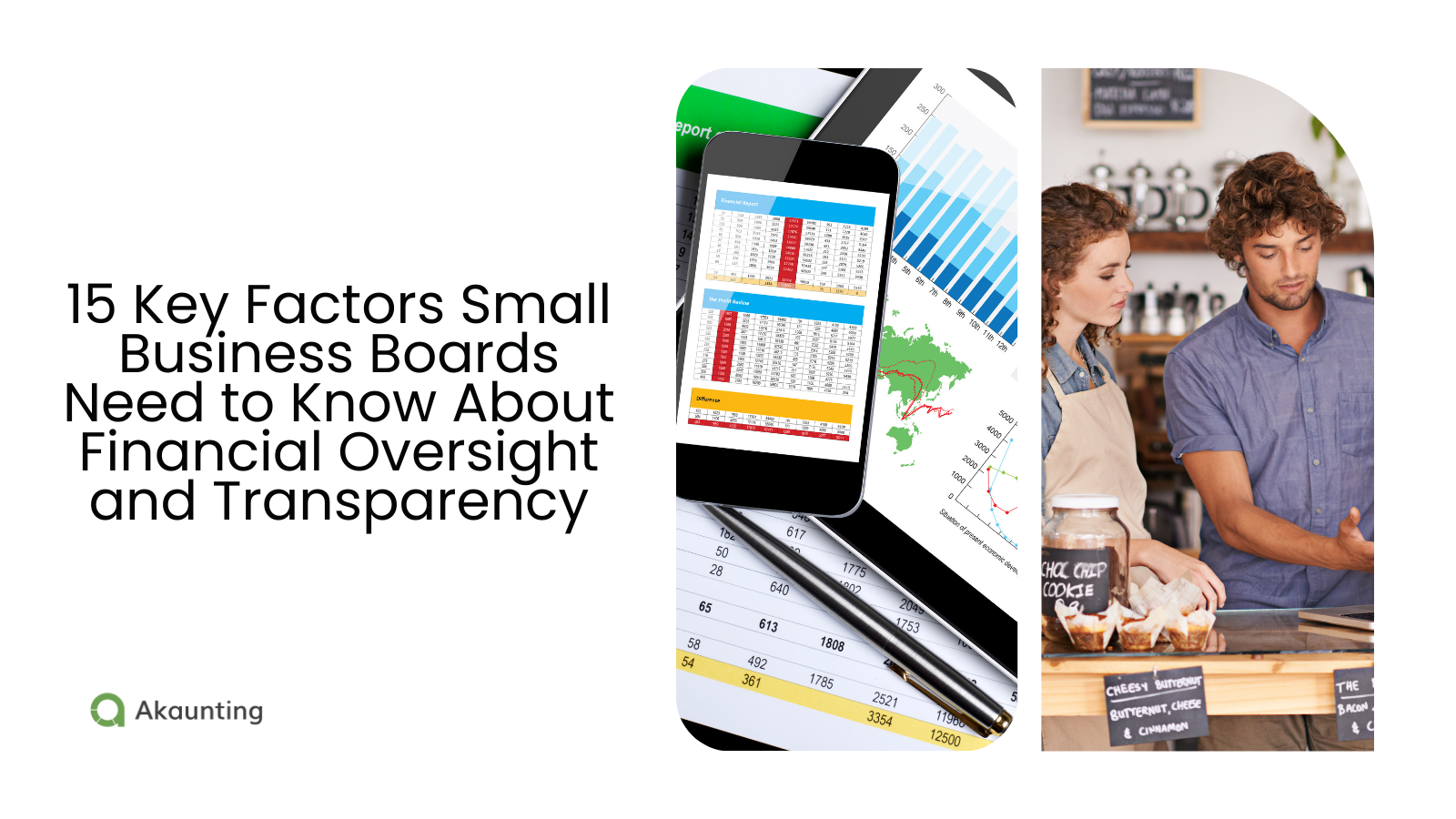How To Start A Small Gardening Business
Reading Time: 7 minutesIf you’re an experienced gardener or have a passion for horticulture, you can turn your interests into a profitable gardening business. In this article, we will discuss how to start a small gardening business.
Before we dive into the steps you can take to start your business, we’ll take a quick look at some of the most popular types of gardening businesses.
Table of Contents
- Types of Gardening Businesses
- How to Start a Small Gardening Business in 8 Steps
- Tips for Growing a Successful Garden Business
- Final Thoughts
Types of Gardening Businesses
You could consider several types of businesses in the garden industry when embarking on this business venture. Here are some of the top options:
- – Landscaping (shrubbery design, installation, and maintenance)
- – Lawncare (grass cutting, weed eating, leaf blowing)
- – Garden design (memorial gardens, butterfly gardens, Zen gardens, hydroponic gardens)
- – Commercial gardening for plazas, businesses, and other organizations
- – Tree trimming
- – Irrigation setup and maintenance
As you create your business, you can be as creative as you like with the direction you take. Pushing industry boundaries is worth it as long as there’s a market for it.
How to Start a Small Gardening Business in 8 Steps
Ready to start a small gardening business? Here are the steps you can follow as you embark on your venture.
1. Make a Plan
A business plan is an excellent starting point for a gardening business.
As we covered, there are many types of gardening services, so as you create a plan, hone in on the exact services you’d like to offer. Finding a niche and growing in that space will help you build the foundation of a successful business. You can expand your offerings as your business scales if it makes sense.
You should also start to define your target audience as you figure out the range of services you’ll offer. Knowing exactly who you intend to serve will help you build your brand and market your services, but we’ll discuss this later.
2. Handle the Legalities
The next step is to ensure you’re all set from a legal perspective. This includes getting business licensing and insurance to get you up to board per local regulations.
You’ll start by registering your business as an LLC, S-corp, or whatever makes the most sense for your operation. Talking to an accountant or attorney to ensure the legal structure of your business is solid. These professionals can also point you in the right direction regarding liability insurance and other safety nets.
At this stage, it’s essential to make sure you’re setting yourself up for success when tax season rolls around. You can consult with your accountant or invest in accounting software to help you organize your finances from the start. A business bank account is also valuable since it lets you keep your business finances separate from your personal finances.
3. Build the Brand
Once you have filed for your LLC and set up the backend, it’s time to start working on branding. Choosing a name is a good place to start. Your brand name should be straightforward, easily recognizable, and memorable.
From there, you’ll start building out your brand’s visual identity. This involves creating a logo, choosing a color scheme, and identifying which fonts resonate with your brand. By creating a cohesive identity, prospective customers will easily recognize your brand.
4. Determine Your Pricing
The next step is to define your services and set your rates. You can create packages or develop a pricing scale to generate custom quotes.
As you create your pricing menu, consider your business expenses. It may be tempting to keep your prices low to get customers, but this is not sustainable. Your rates will have to exceed your operational and start-up costs if you want your business to be profitable.
If you’re struggling with pricing, explore quotes from your local business competitors to understand what to charge.
5. Buy Your Equipment
Now, it’s time to buy your equipment. The specific tools you need depend on the nature of your business. You could need basic gardening tools, commercial lawn care equipment, or something in between.
If the initial investment in your gardening company will be significant, you may need to get a business credit card or line of credit. These funding options are great for smaller operations, especially for self-employed gardeners or consultants.
Consider renting equipment for your first few jobs to generate cash flow to invest in your own tools.
6. Create an Online Presence
Having a strong online presence is a crucial marketing tactic in modern businesses. It helps put your business on the map.
Even if you don’t intend to be active on every platform immediately, there’s still value in being discoverable. For example, even if you never plan to post, having a Facebook profile allows happy customers to tag you as a recommendation when someone asks for a gardener in a local group.
With that in mind, some digital properties you need to set up include:
- – A website
- – Google My Business profile
- – Social media profiles (Facebook, Instagram, LinkedIn, etc.)
- – Yelp profile (claim your business)
Depending on the nature of your gardening business, other social media channels, such as YouTube and TikTok, might also be valuable.
7. Launch Your Business
Once you have all your ducks in a row, it’s time to launch your business. A gardening business probably won’t have a hard launch with a grand opening like a restaurant or store would have, so your launch will simply look like seeking out your first customer.
Create a marketing plan that will help you get in front of your ideal customer. Leverage the digital properties we mentioned above in addition to outreach, like email marketing, cold calling, and so forth.
8. Ask for Reviews
Social proof is crucial to landing more customers for a service-based business, especially if your services are expensive. A simple way to gather social proof is to ask customers for reviews.
Reviews on Google, Yelp, and Facebook are all extremely valuable for your business since potential customers check these sites to learn more about past customers’ experiences. You can include QR codes or links to these sites on your invoices or in a follow-up text to remind people to leave a review.
Remember that if you ask for reviews, you need to respond to both positive and negative reviews. As a business owner, it’s important to thank happy customers for their positive reviews and find ways to turn the experience around for unhappy customers. Your public responses will help to shape the public perception of your brand.
Tips for Growing a Successful Garden Business
Now that you have a better idea of the step-by-step process for starting a gardening business, let’s look at some tips to follow as you grow your business.
Hire the Right Team
Depending on your services, you may need to hire a team to help you offer your services. As a service-based business, ensuring this trustworthy and reliable team is key. How your team members interact with your customers will form the public perception of your brand, so your reputation must be in good hands.
Since many services in the gardening industry involve a lot of physical labor, it’s essential to keep that in mind when hiring. You will likely need to add physical requirements to your job descriptions to ensure the people you hire are capable of heavy lifting, spending a lot of time on their feet, working in the heat, and so on.
Create a Membership Program
For most types of gardening businesses, the services are recurring. You can lock customers in with a membership program to create predictable recurring revenue. This pricing structure typically involves slightly reducing your rates in exchange for a longer-term commitment from your customers.
Rewarding loyalty with discounts is a great way to build lasting professional relationships and grow your business. Of course, this will generate a little less revenue per service, but with the subscription model, you will create revenue you can count on for several months to a year, depending on how you structure the commitment.
Partner with Local Organizations
Partnering with local organizations is an excellent way to establish a presence within the community, grow your brand, and expand your customer base.
These partnerships range from sponsoring a local soccer team to joining forces with a nursery for co-marketing opportunities. They could also involve more hands-on community involvement and charity work.
For example, knowing that connecting with nature and gardening can have positive effects on people’s mental health, it would be an excellent idea to connect with psychotherapy and mental health centers and jointly develop horticultural therapy activities as part of depression treatment for teens or adults.
As you form partnerships, ensure any alliance you make aligns with your brand’s values. This is important since the types of organizations you align with will reflect back on your brand.
Final Thoughts
With some planning and prep work, starting a small gardening business is very manageable. It all comes down to finding your niche and then working to develop a good name for yourself within the community.
Looking for an accounting tool to streamline bookkeeping for your gardening business? Akaunting is here to help. Sign up today to get started!
About the Author

Kelly Moser is the co-founder and editor at Home & Jet, a digital magazine for the modern era. She’s also the content manager at Login Lockdown, covering the latest trends in tech, business and security. Kelly is an expert in freelance writing and content marketing for SaaS, Fintech, and ecommerce startups.








